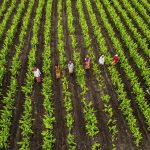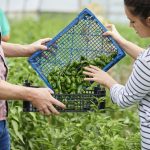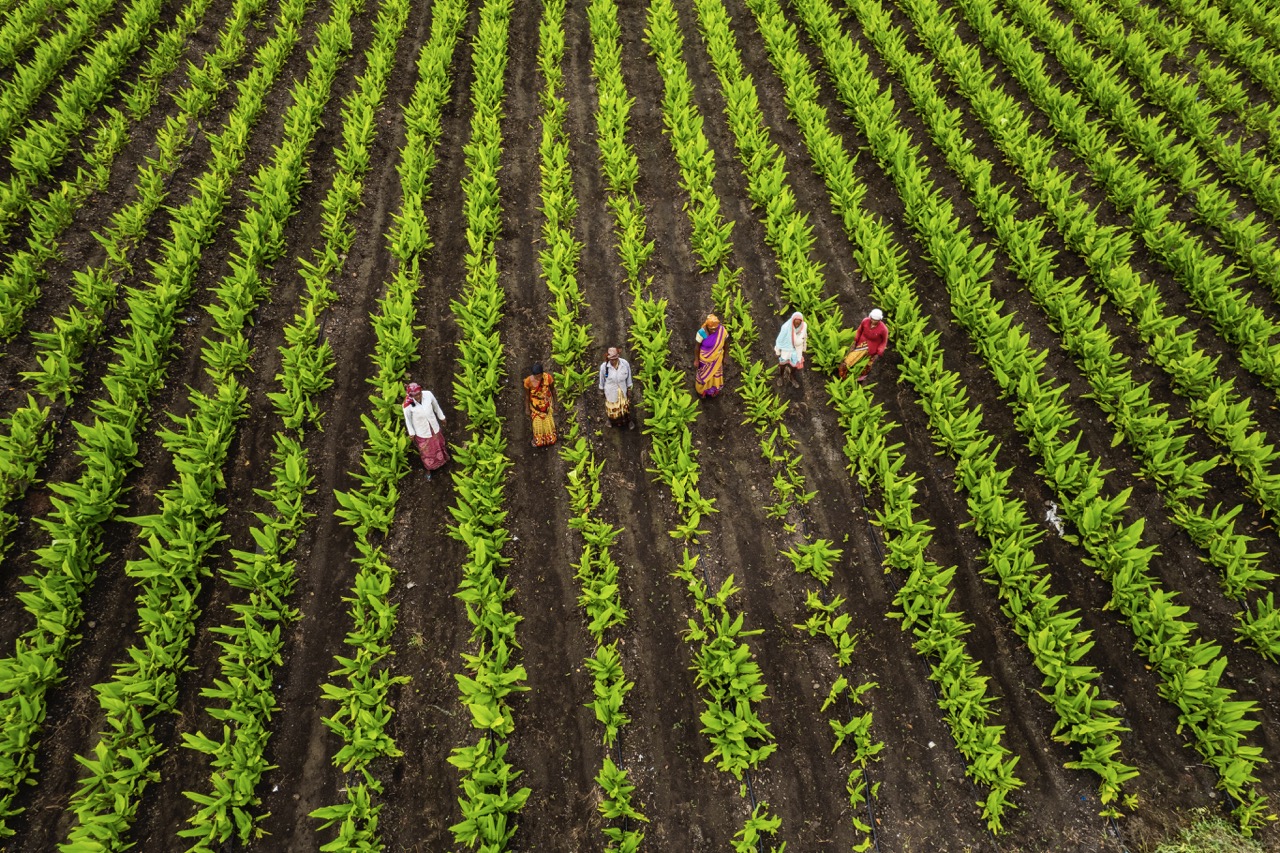Sharecropping, a system that has its roots in the post-Civil War United States, has evolved into a significant agricultural model across the globe. While it often conjures images of exploitation and hardship, it is essential to explore how sharecropping can also function as a mechanism to enhance farm productivity. By redistributing land use, pooling resources, and fostering collaborative labor, sharecropping can provide farmers with a pathway to increased yields and economic sustainability. This article delves into the contemporary role of sharecropping in agriculture, discussing its economic benefits, the enhancement of crop yields, and successful models of this system worldwide.
Understanding Sharecropping’s Role in Agriculture Today
Sharecropping can be defined as an agricultural system in which a landowner allows a tenant to use the land in exchange for a share of the crop produced on that land. This practice has undergone significant transformation, adapting to various regional and economic contexts. In many developing countries, sharecropping remains a critical means of land access for smallholder farmers who lack the capital to own land outright. It acts as a bridge, providing farmers with the opportunity to cultivate land and generate income without the financial burden of land ownership.
The rise of agribusiness and global food demand has further highlighted the importance of sharecropping in contemporary agricultural practices. As larger farming operations seek to maximize efficiency, sharecropping enables them to sustain productivity by leveraging the labor of local farmers. This creates a symbiotic relationship where landowners gain higher yields through shared labor, while tenants can support their livelihoods and preserve their traditional farming practices. Consequently, sharecropping contributes to both local and national economies, facilitating agricultural growth in regions where land access is otherwise restricted.
Moreover, sharecropping plays a vital role in food security, especially in regions susceptible to climate change and economic instability. By allowing farmers to work land that would otherwise remain fallow, this system promotes agricultural diversity and resilience. The collaborative nature of sharecropping encourages knowledge transfer between experienced landowners and less experienced cultivators, fostering innovation and adaptation to changing agricultural conditions. As we explore the economic benefits and collaborative labor systems associated with sharecropping, it becomes clear that this model continues to play a relevant role in enhancing farm productivity.
The Economic Benefits of Sharecropping for Farmers
One of the most significant economic advantages of sharecropping is its ability to reduce capital investment for farmers. By sharing the land with landowners, tenants can cultivate without the substantial upfront costs associated with land purchase or rental fees. This makes agriculture more accessible for individuals who may lack sufficient financial resources, enabling them to generate income through farming activities. For many smallholder farmers, sharecropping offers a viable pathway toward economic independence and stability.
Additionally, sharecropping creates an environment for risk-sharing among participants. Crop failures due to adverse weather conditions or pest infestations can be devastating for individual farmers. However, in a sharecropping arrangement, the risk is distributed between landowners and tenants. This mitigates individual financial loss, allowing farmers to invest in other agricultural inputs or diversify their crops, ultimately contributing to economic resilience. Such collaborative frameworks encourage innovation, enabling farmers to experiment with new techniques that can lead to increased productivity.
Finally, sharecropping encourages local economic development by fostering community collaboration and strengthening social ties. As farmers engage in mutual aid and share resources, they can collectively improve their bargaining power in the agricultural market. This cooperative spirit can lead to the establishment of local co-ops, facilitating better access to markets and enabling farmers to secure fair prices for their produce. In this way, sharecropping not only boosts individual farmers’ economic standing but also contributes to the overall development of rural economies.
Enhancing Crop Yields Through Collaborative Labor Systems
The collaborative labor dynamics inherent in sharecropping arrangements can lead to significant increases in crop yields. By pooling labor resources, sharecroppers can undertake larger-scale planting, harvesting, and maintenance activities that might be unfeasible for individual farmers. This collective effort ensures that crops are tended to more efficiently and in a timely manner, which is crucial for maximizing yield potential. Furthermore, collaborative systems allow for specialization within the labor force, enabling workers to focus on specific tasks where they excel.
Education and knowledge transfer are also vital components of enhanced productivity in sharecropping systems. Experienced landowners often share valuable farming expertise with their tenants, who can apply modern agricultural techniques and practices. This transfer of knowledge not only improves the quality of crops produced but also increases the overall productivity of the farming operation. Access to more innovative agricultural methods can lead to better soil management, pest control, and irrigation techniques, ultimately boosting yields.
Moreover, the shared investment in infrastructure—such as irrigation systems, storage facilities, and equipment—enhances crop production capabilities. When resources are pooled, it becomes feasible for sharecroppers to acquire better tools and technology that can significantly impact yield. This access to improved resources, combined with the collaborative labor efforts, creates an environment conducive to increased farm productivity. As we examine successful sharecropping models, it becomes evident that these systems can be powerful catalysts for agricultural advancement.
Case Studies: Successful Sharecropping Models Worldwide
One notable example of successful sharecropping can be seen in parts of West Africa, where the system has adapted to promote both agricultural productivity and social equity. In countries such as Mali and Senegal, sharecropping arrangements have been restructured to empower tenant farmers through cooperatives. These cooperatives not only allow for shared resources and labor but also enhance bargaining power in markets. As a result, they have experienced improvements in crop yield and income stability, demonstrating how innovative adaptations of sharecropping can benefit all parties involved.
In the United States, certain regions have revived sharecropping as a mechanism for sustainable agriculture. Programs aimed at supporting young and beginning farmers have been developed, connecting them with landowners willing to enter sharecropping agreements. These partnerships often emphasize sustainable practices, such as organic farming and agroecology, which lead to healthier soil and higher crop yields. By providing new farmers with access to land and mentorship, this model contributes to both individual success and broader agricultural sustainability.
Another compelling case study comes from Brazil, where sharecropping is employed as a means to empower marginalized communities. Land reform initiatives have facilitated access to land for smallholder farmers, allowing them to engage in sharecropping arrangements that promote food sovereignty. These partnerships have led to increased agricultural productivity while simultaneously addressing issues of inequality and social justice. The Brazilian experience highlights how sharecropping can be a powerful tool for transforming agricultural landscapes and empowering communities.
In summary, sharecropping serves as a multifaceted agricultural model that can enhance farm productivity while addressing economic and social needs. This system provides smallholder farmers with access to land, reduces financial risk, and fosters collaborative labor arrangements that yield higher outputs. As demonstrated by successful case studies from around the world, sharecropping can be reimagined to create equitable partnerships that benefit both landowners and tenants. By embracing innovative practices and adapting to local contexts, sharecropping has the potential to play a pivotal role in the future of sustainable agriculture.










